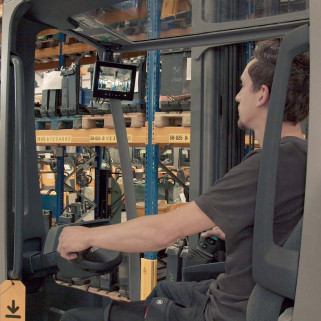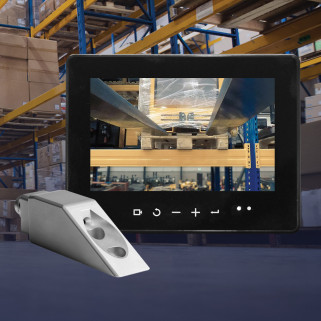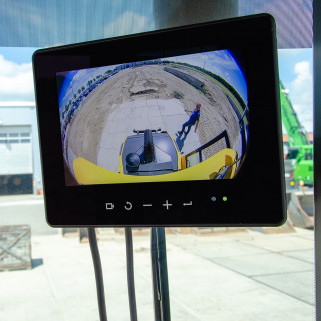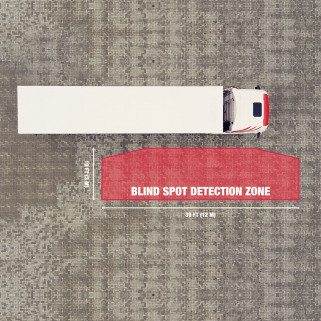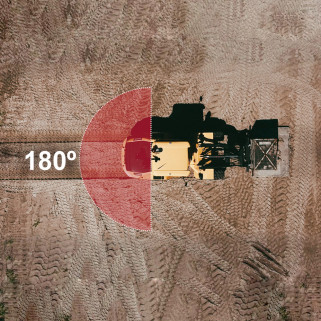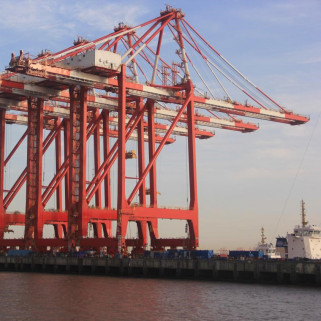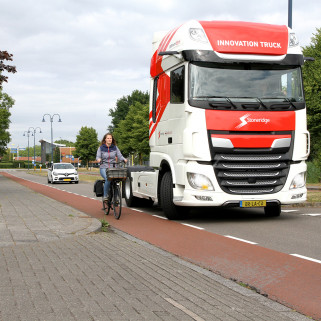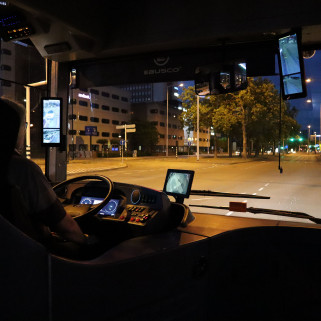Wireless communication marches on in the agricultural industry
The agricultural industry is undergoing a period of rapid digitalization and automation. Connectivity and data communication from one agricultural machine to another is therefore becoming increasingly important. Effective communication is pivotal to the creation of complete and reliable automated workflows.
Many farmers are keen to increase the precision of their work. To make this goal a reality, the agricultural machines must be able to communicate with each other reliably and securely. Stoneridge-Orlaco develops and produces high-end equipment that is designed to deliver excellent communication between agricultural vehicles. For instance, M2M communication makes it possible for a combine harvester driver to check how full the grain tank behind the tractor is, or for the driver of a forage harvester to see the exact position of the tipper bodies.
Shock-Resistant Ethernet Camera
The Stoneridge-Orlaco EMOS Ethernet camera (100BASE-TX) is also available as an EMOS BroadR-Reach (100BASE-T1). Both cameras can withstand extreme conditions and are ideal for off-road applications. The cameras are available in different aperture angles (30°–180°) and return images virtually in real time. The inclusion of IR filters (60° and 120°) means that the cameras also offer excellent night vision.
Robust Ethernet Monitor
The all-new ELED Ethernet monitor from Stoneridge-Orlaco has a full glass coating and a capacitive keyboard. The monitor is dust-resistant and waterproof (IP69K), operates within a temperature range of -40°C to +85°C, will be available in 7-inch and 10-inch versions, and is suitable for both Fast Ethernet and for Ethernet EMOS cameras for use in automotive applications (BroadR-Reach). The monitor also supports radar integration.
Wireless Sender Receiver (WiSR)
Stoneridge-Orlaco introduced its new Ethernet Wireless Sender Receiver (WiSR) to support direct and wireless communication between different agricultural machines being used simultaneously within a specific area. This robust transceiver enables digital video transfer with a very small delay of approximately 10 ms. The range of the WiSR is at least 150 meters. The WiSR is compatible with tablets and with third-party HMIs, which means there is a huge range of application options.
Potential applications include connecting an ELED monitor on a combine harvester to one WiSR and an EMOS camera in the grain tank to another WiSR. The camera images can then be output in parallel on a tablet in the tractor or on the ELED monitor.





